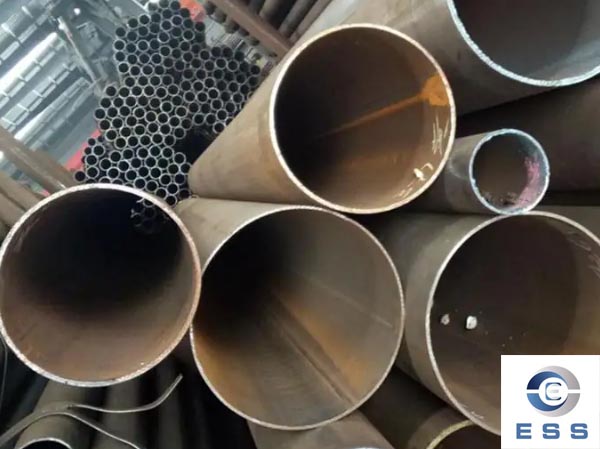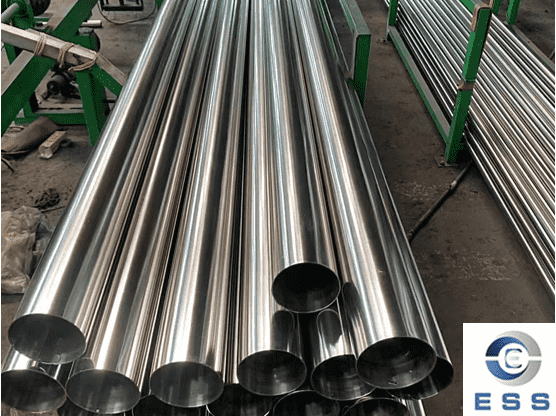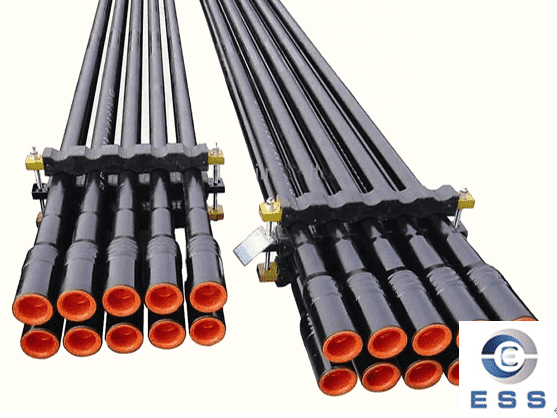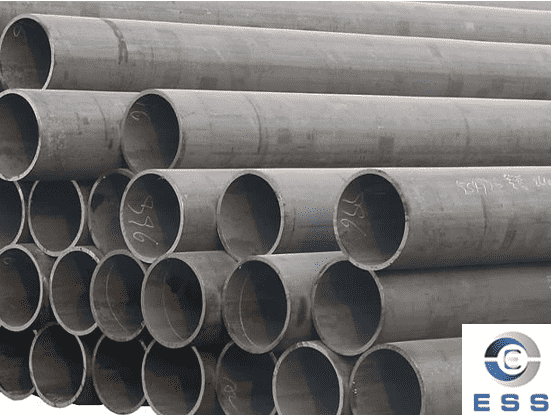Revealing the Strength and Durability of Seamless Carbon Steel Pipes
Introduction:
Seamless carbon steel pipes are the backbone of numerous industries, including oil and gas, petrochemicals, and water distribution systems. These pipelines play a crucial role in transporting essential resources across vast distances, making their strength and durability paramount for safe and efficient operations. In this comprehensive article, we will delve into the material properties, factors influencing strength and durability, corrosion and wear resistance, long-term performance, and a comparison with other pipe materials. By thoroughly understanding these aspects, engineers and professionals can make informed decisions to optimize the performance and longevity of
seamless steel pipes.

1.Importance of Assessing Strength and Durability:
In the world of critical infrastructure, the assessment of strength and durability is not merely an option, but an absolute necessity. Seamless carbon steel pipes are exposed to extreme conditions, including high pressures, fluctuating temperatures, and corrosive environments. Any failure in any section of the pipeline could lead to environmental disasters, costly downtime, and severe safety hazards. Rigorous evaluation of the pipes' mechanical properties, resilience to stress, and potential susceptibility to degradation ensures the pipelines can withstand these challenges, ultimately guaranteeing the safety and reliability of the entire system.
2.Material Properties of Seamless Carbon Steel Pipes:
A. Composition of Carbon Steel:
Seamless carbon steel pipes primarily consist of iron and carbon. The percentage of carbon content significantly influences the material's strength and hardness. Depending on specific application requirements, trace amounts of other elements, such as manganese, silicon, and sulfur, may also be present.
B. Mechanical Properties:
The mechanical properties of seamless carbon steel pipes are essential indicators of their performance under different conditions. Tensile strength represents the maximum stress a pipe can endure before fracturing, while yield strength indicates the stress level at which the material undergoes permanent deformation. Elongation reflects the pipe's ability to withstand plastic deformation, while impact resistance determines its behavior when subjected to sudden loads. Hardness is a measure of the material's resistance to surface indentation.
C. Microstructure Analysis:
Through advanced microstructure analysis, engineers can gain valuable insights into the internal arrangement of atoms and grain structures within the steel. A thorough examination helps detect any potential defects or irregularities that may weaken the material or contribute to failure under stress.
3.Factors Influencing Strength and Durability:
A. Temperature and Environmental Conditions:
Seamless carbon steel pipes encounter a wide range of temperatures, from scorching heat to freezing cold. These extreme temperature variations can cause thermal expansion and contraction, affecting the structural integrity of the pipes. Additionally, environmental conditions, such as humidity and exposure to aggressive chemicals, can accelerate corrosion and reduce the pipes' lifespan.
B. Alloying Elements and Heat Treatment:
The addition of alloying elements, such as chromium, nickel, and molybdenum, can enhance the performance of carbon steel pipes by improving corrosion resistance and mechanical properties. Furthermore, precise heat treatment processes, such as quenching and tempering, can modify the microstructure to achieve desired properties.
C. Manufacturing Process and Quality Control:
The manufacturing process plays a crucial role in determining the final quality of seamless carbon steel pipes. Advanced techniques, such as the piercing process and extrusion, ensure the pipes possess a homogenous and defect-free structure. Stringent quality control measures, including non-destructive testing and chemical analysis, are implemented to identify and eliminate any deviations in the material properties.
4.Corrosion and Wear Resistance:
A. Corrosion Mechanisms:
Corrosion remains one of the most significant threats to the longevity of seamless carbon steel pipes. Various corrosion mechanisms, including uniform corrosion, pitting corrosion, and stress corrosion cracking, can lead to material degradation and ultimately failure.
B
. Corrosion-Resistant Coatings:
To combat corrosion, engineers often apply specialized coatings to the pipe's surface. These coatings act as a barrier, protecting the underlying steel from corrosive elements. Common corrosion-resistant coatings include epoxy, polyurethane, and zinc coatings.
C. Wear Characteristics and Mitigation Strategies:
In applications involving abrasive media, such as slurries or sand-laden fluids, wear can lead to erosion and loss of material thickness over time. Engineers employ various strategies, such as using abrasion-resistant materials or introducing protective liners, to mitigate the effects of wear and prolong the pipes' service life.
5.Long-Term Performance and Aging:
A. Effects of Time and Stress on Carbon Steel Pipes:
As seamless carbon steel pipes age, they may experience changes in their mechanical properties and microstructure. Environmental factors, operational stresses, and fatigue can all contribute to material degradation over time. Understanding these effects is vital in predicting the pipes' long-term performance and planning appropriate maintenance schedules.
B. Predicting Service Life and Maintenance Considerations:
Through careful analysis of stress levels, corrosion rates, and environmental conditions, engineers can estimate the service life of seamless carbon steel pipes. This predictive approach aids in implementing timely maintenance activities, such as inspection, cleaning, and repair, to ensure the pipes continue to function optimally throughout their lifespan.
6.Comparison with Other Pipe Materials:
While seamless carbon steel pipes offer numerous advantages, it is essential to acknowledge the merits and limitations of other pipe materials to make an informed selection for specific applications. Welded carbon steel pipes are generally more cost-effective for certain projects, while stainless steel provides unparalleled corrosion resistance in aggressive environments. Each material possesses unique properties that suit distinct operational requirements.
Conclusion:
The evaluation of strength and durability is the bedrock of ensuring seamless carbon steel pipes' reliable and safe operation in critical industries. By understanding the material properties, corrosion and wear resistance, long-term performance, and comparisons with other pipe materials, engineers can make well-informed decisions that optimize pipeline design, material selection, and maintenance strategies. Seamless carbon steel pipes continue to be the preferred choice for various applications due to their exceptional performance, but rigorous assessment and thoughtful considerations are necessary to maximize their benefits and ensure the smooth flow of resources for generations to come.













 Eastern Steel Manufacturing Co.,Ltd not only improve product production and sales services, but also provide additional value-added services. As long as you need, we can complete your specific needs together.
Eastern Steel Manufacturing Co.,Ltd not only improve product production and sales services, but also provide additional value-added services. As long as you need, we can complete your specific needs together.










